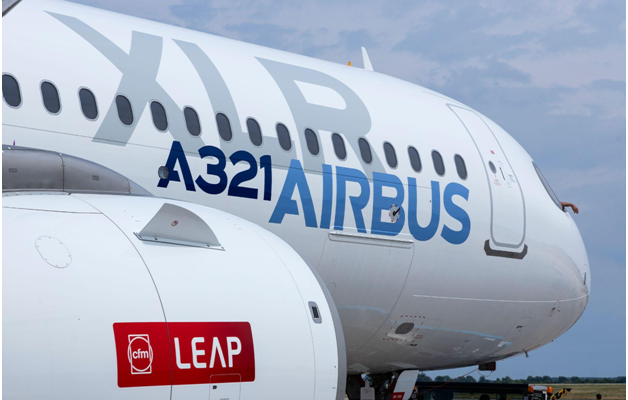“Airbus A321XLR: Redrawing the Air Travel Map”
The Airbus A321XLR (Extra Long Range) is revolutionizing the airline industry by bridging the gap between narrow-body efficiency and long-haul capabilities. This next-generation aircraft is transforming air travel, enabling airlines to operate transcontinental and intercontinental routes more efficiently than ever before.
Breaking Distance Barriers
With an impressive range of 4,700 nautical miles (8,700 km), the A321XLR extends the reach of single-aisle jets far beyond traditional short- and medium-haul flights. Airlines can now operate direct routes between cities that previously required stopovers or larger, more expensive wide-body aircraft. This means more point-to-point travel options, eliminating the need for major hub connections.
Cost Efficiency for Airlines
The A321XLR is a game-changer for airlines looking to maximize profitability. It burns less fuel per seat, significantly reducing operating costs compared to long-haul wide-body jets. Lower fuel consumption and improved aerodynamics also contribute to a smaller carbon footprint, making it a more sustainable choice for long-range flights.
More Direct Flights, More Choices
With its extended range, the A321XLR is unlocking new, non-stop international routes between secondary cities. Passengers will benefit from shorter travel times, avoiding lengthy layovers at congested hubs. Cities like New York to Rome, London to Miami, or Singapore to Sydney can now be served with a smaller, more efficient aircraft.
A Better Passenger Experience
Despite being a single-aisle jet, the A321XLR offers wide-body comfort with advanced cabin design, larger overhead bins, improved air circulation, and quieter engines. Airlines are equipping these jets with lie-flat business class seats, premium economy, and high-tech in-flight entertainment.
By enabling longer, more cost-effective routes, the A321XLR is reshaping global travel, making air connectivity more accessible, efficient, and environmentally friendly. ✈️🌍
















